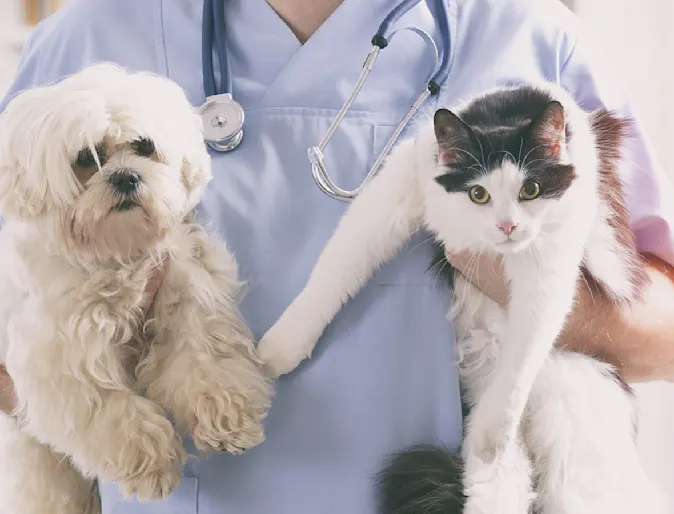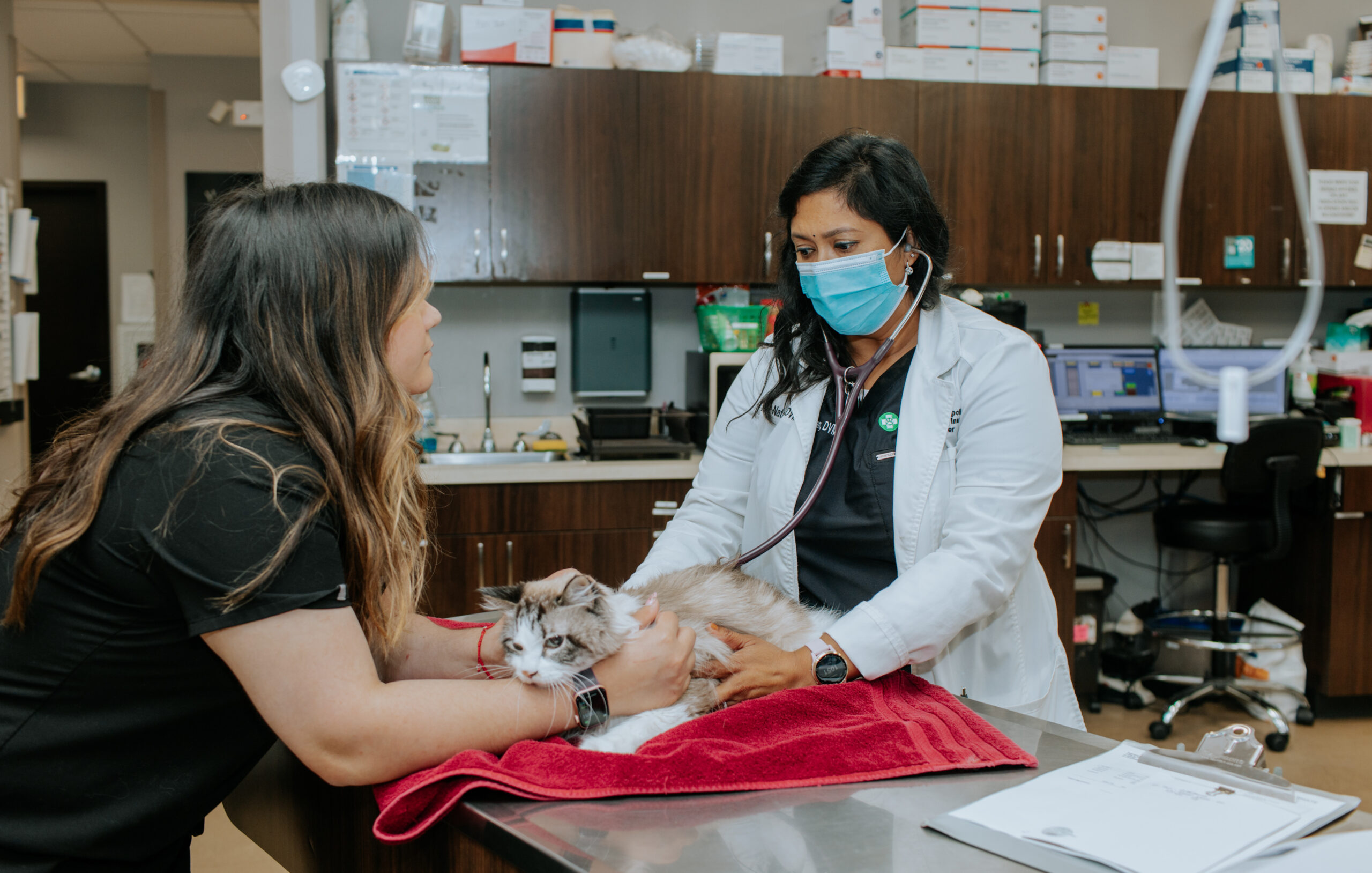What Happens During a Visit to an emergency vet? Step-by-Step Walkthrough
What Happens During a Visit to an emergency vet? Step-by-Step Walkthrough
Blog Article
All Regarding Vet Surgery: Understanding the Value of Professional Look After Your Pet dogs
Veterinary surgical treatment is an essential element of family pet health care. It includes various procedures, from routine optional surgeries to urgent treatments. Understanding the complexities of these surgeries can assist animal proprietors make notified choices. The prep work, execution, and recuperation stages are necessary for ensuring the health of pets. With appropriate understanding, owners can navigate the complexities of veterinary treatment. What variables should be thought about prior to an animal undertakes surgical treatment?
Kinds Of Vet Surgeries
When a pet calls for medical intervention, comprehending the numerous sorts of vet surgical treatments can assist animal proprietors make notified choices. Veterinary surgical procedures can be generally categorized into 3 major kinds: optional, urgent, and emergency situation surgeries. Elective surgical treatments, such as spaying or neutering, are prepared treatments that are not quickly life-threatening. Urgent surgical procedures, like those for international body elimination, must be carried out quickly yet are not deadly in the moment. Emergency situation surgeries, such as those resolving extreme injury or interior bleeding, are essential and call for prompt attention.Additionally, surgical treatments can vary in intricacy, ranging from minimally intrusive laparoscopic procedures to more considerable open surgical treatments. Each sort of surgical treatment brings its very own risks and recovery processes. Understanding these categories permits family pet proprietors to participate in significant conversations with vets, leading to far better results for their precious animals.
Planning for Your Pet's Surgery
Preparing for a pet's surgical procedure includes a complete checklist to ensure all fundamentals are covered. Effective interaction with the veterinarian is crucial for recognizing the treatment and any kind of needed pre-operative steps - tplo surgery for dogs. In addition, having clear post-operative treatment instructions will help proprietors provide the very best support for their recovering pets
Pre-Surgery Checklist Basics
Assuring a smooth surgical experience for a pet calls for cautious prep work and interest to information. A pre-surgery checklist is essential for animal owners to adhere to. Initially, verifying the set up surgery day and time is crucial. Proprietors must additionally confirm that their pet dog has not eaten according to the vet's directions, typically for 8-12 hours prior to surgical treatment. Gathering required medical records, consisting of inoculation background, is necessary for the veterinarian's review. It is additionally recommended to prepare a comfortable area at home for the pet dog's recovery after surgical procedure. Proprietors must have a strategy for transportation to and from the vet facility, making certain that the pet dog is secure and comfy throughout the journey. Following these actions can greatly boost the surgical experience.
Communicating With Your Veterinarian

Efficient interaction with the vet is necessary for an effective medical experience for pet dogs. Owners need to be prepared to review their family pet's case history, including any type of pre-existing problems, drugs, and allergies. This info aids the vet evaluate risks and tailor the medical plan as necessary. In addition, pet dog proprietors should ask concerns regarding the procedure, anesthesia, and expected end results to assure they fully recognize the procedure. Clearing up any questions can ease anxiety for both the animal and the proprietor. It is also important to communicate any kind of behavioral modifications or concerns observed in the family pet leading up to the surgical procedure. Ultimately, clear discussion cultivates count on and collaboration, making certain that pets get the most effective feasible treatment during their surgical trip.
Post-Operative Treatment Directions
After discussing the procedure with the vet, pet proprietors must concentrate on post-operative care instructions to facilitate a smooth recovery for their pets. These instructions typically consist of monitoring the medical site for signs of infection, such as soreness or discharge. Pets may need to be kept one's cool and restricted to stop too much movement that might disrupt healing. Discomfort management is crucial, so proprietors must follow the veterinarian's guidance on administering medications. In addition, dietary constraints might be advised to stay clear of gastrointestinal upset. Normal follow-up consultations are necessary to guarantee proper recovery and attend to any type of worries. By sticking to these post-operative care directions, pet owners can significantly add to their family pet's recovery and general health.
The Surgery Explained
The medical procedure for family pets incorporates crucial steps that ensure their safety and recuperation. Pre-surgery prep work are essential for decreasing threats, while post-operative care guidelines play an essential duty in advertising healing. Comprehending these components aids pet dog proprietors navigate the medical experience much more properly.
Pre-Surgery Preparations
Before an animal undertakes surgical procedure, several essential preparations have to occur to assure a risk-free and effective procedure. First, a comprehensive veterinary evaluation is vital to assess the pet's general health and determine any kind of potential dangers. This may include blood tests, imaging, or other diagnostics. The vet will also go over anesthetic choices tailored to the pet dog's certain needs. Furthermore, pet dog owners are typically instructed to keep food and water for a defined time prior to surgical procedure to minimize the risk of issues throughout anesthesia. It is very important for proprietors to supply a full clinical history, including any kind of medicines or allergies, ensuring the medical team has all required info. Appropriate interaction and adherence to pre-surgery guidelines can substantially enhance the end result of the treatment.
Post-Operative Care Standards
Proper post-operative care is crucial for ensuring a pet dog's healing complying with surgical procedure. After the treatment, pet dogs should be checked carefully for any type of indications of complications, such as too much bleeding, swelling, or uncommon behavior. It is essential to follow the vet's guidelines concerning medicines, consisting of painkiller and prescription antibiotics. Pets should be maintained in a silent, comfy setting to lower stress and advertise recovery. Limiting task is essential; short, leashed walks might be essential, however leaping or running ought to be avoided. Normal follow-up consultations need to be scheduled to analyze the recovery process. Furthermore, the medical website must be kept tidy and completely dry, with any kind of signs of infection reported to a vet quickly. Following these standards improves recuperation results.
Anesthetic and Pain Administration
Effective anesthetic and discomfort administration are important components of vet surgical treatment, making sure that pets remain comfortable and safe throughout the procedure. Veterinarians evaluate each pet's specific demands, thinking about factors such as age, weight, wellness standing, and the sort of surgery being performed.Anesthesia procedures click for source usually include a mix of pre-anesthetic medicines, induction agents, and inhalant anesthetics, permitting accurate control over the pet's degree of consciousness. Tracking throughout surgery is crucial; vets continuously observe crucial indications to attend to any kind of possible difficulties promptly.Pain monitoring strategies might involve opioids, non-steroidal anti-inflammatory medicines (NSAIDs), and anesthetics, customized to the family pet's particular circumstance. This multifaceted strategy helps lessen discomfort and promotes a smoother medical experience. By focusing on effective anesthetic and pain monitoring, vet experts enhance the general well-being of animals going through procedures, guaranteeing they obtain the highest standard of care.
Post-Operative Treatment and Recovery
Adhering to surgical procedure, the focus shifts to post-operative care and recuperation, which is essential for making certain a pet dog's safe return to typical activities. Throughout this period, pet dogs require a silent, comfortable atmosphere to aid healing. Proprietors ought to closely monitor their pets for any signs of pain or unusual behavior.Veterinary guidelines often include specific instructions associated to drug administration, wound treatment, and dietary modifications. It is important to follow these recommendations to reduce veterinary information websites difficulties and promote healing. Pets may need to be limited from energetic activities, such as running or leaping, during their healing period (emergency vet).Regular follow-up consultations with the veterinarian enable for monitoring of the family pet's progression and timely adjustments to the care plan. Giving psychological assistance and companionship can additionally improve an animal's recovery experience, aiding to relieve stress and anxiety and anxiousness. Overall, diligent post-operative treatment plays a significant role in accomplishing a successful healing
Identifying Problems After Surgical Treatment
Exactly how can pet owners recognize complications after surgical procedure? Awareness of particular indicators is crucial for guaranteeing the health of pet dogs during recuperation. Usual indications include too much swelling, soreness, or discharge at the medical website, which may indicate infection. Furthermore, persistent pain, indicated by grumbling or unwillingness to move, must trigger instant focus. Adjustments in appetite or water consumption can additionally show problems; a reduction in these actions might signify discomfort or distress.Moreover, animal proprietors need to check their animals for any uncommon actions, such as sleepiness or difficulty breathing, as these can be indications of severe issues. Throwing up or diarrhea following surgical procedure may require urgent veterinary examination. Acknowledging these issues early can significantly affect a family pet's recovery process, stressing the value of vigilance and prompt interaction with a vet for any kind of concerning signs.
The Duty of Vet Specialists in Surgical Care
Veterinary professionals play a necessary function in guaranteeing the safety and security and success of medical treatments for animals, particularly complying with surgical treatment when checking and care are critical. These professionals consist of vets, veterinary service technicians, and support staff, all of whom contribute specialized abilities to the medical process.Before surgical treatment, vets conduct detailed evaluations to analyze the pet dog's health, guaranteeing that any underlying problems are managed. During the treatment, the surgical team gives anesthetic, preserves sterile atmospheres, and keeps track of key indicators, very important for minimizing risks.Post-operative treatment is equally substantial; vet experts observe for problems, take care of pain, and guide Our site proprietors on healing practices. Their proficiency enables them to acknowledge very early signs of distress or infection, guaranteeing prompt treatment. Eventually, the collective initiatives of veterinary specialists in medical treatment foster a safe setting, advertising the well-being of animals throughout the surgical journey.

Regularly Asked Inquiries
Exactly how Do I Pick the Right Veterinary Surgeon for My Family pet?
Choosing the best veterinary doctor involves investigating qualifications, reading testimonials, and reviewing the facility's environment. It is important to review the surgeon's experience with specific treatments and their interaction design when deciding.
What Prevail Misconceptions About Veterinarian Surgeries?
Typical misconceptions about veterinarian surgical procedures include ideas that they are always high-risk, unnecessary, or only for emergencies. Numerous pet dog proprietors underestimate the benefits of precautionary treatments and the skill included in veterinary surgical treatment.
Just How Much Will My Family pet's Surgical procedure Cost?
The expense of a pet's surgery can vary significantly based on aspects such as the kind of treatment, the vet's experience, and geographic place (tplo surgery). Normally, expenditures range from a couple of hundred to a number of thousand bucks

Can My Pet Dog Eat Before Surgical Procedure?
Before surgery, it is generally suggested that family pets refrain from consuming for a particular duration. This fasting helps in reducing the risk of complications throughout anesthetic. Owners should consult their vet for accurate guidelines customized to their pet dog's requirements.
What if My Animal Has Pre-Existing Health Issues?
When an animal has pre-existing health and wellness problems, it's important for the veterinarian to analyze these aspects before surgical procedure. This analysis guarantees proper preventative measures are taken, lessening risks and enhancing the pet dog's total safety and security during the treatment.
Report this page